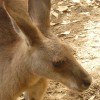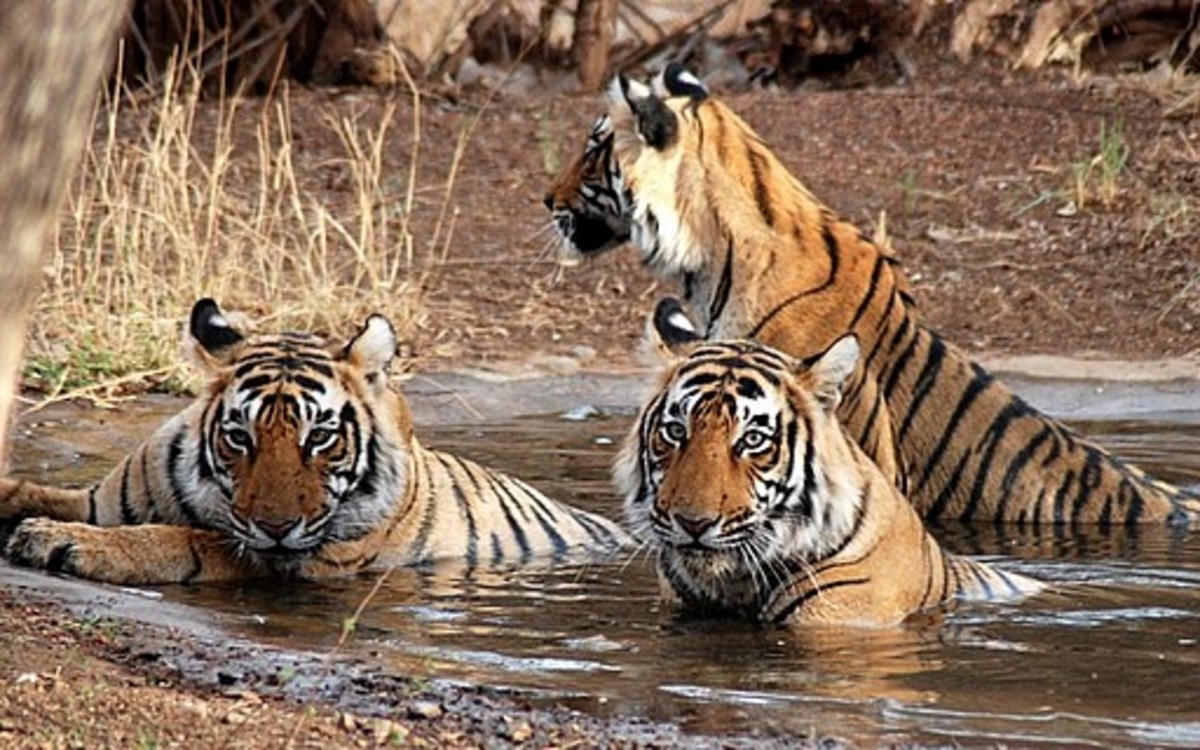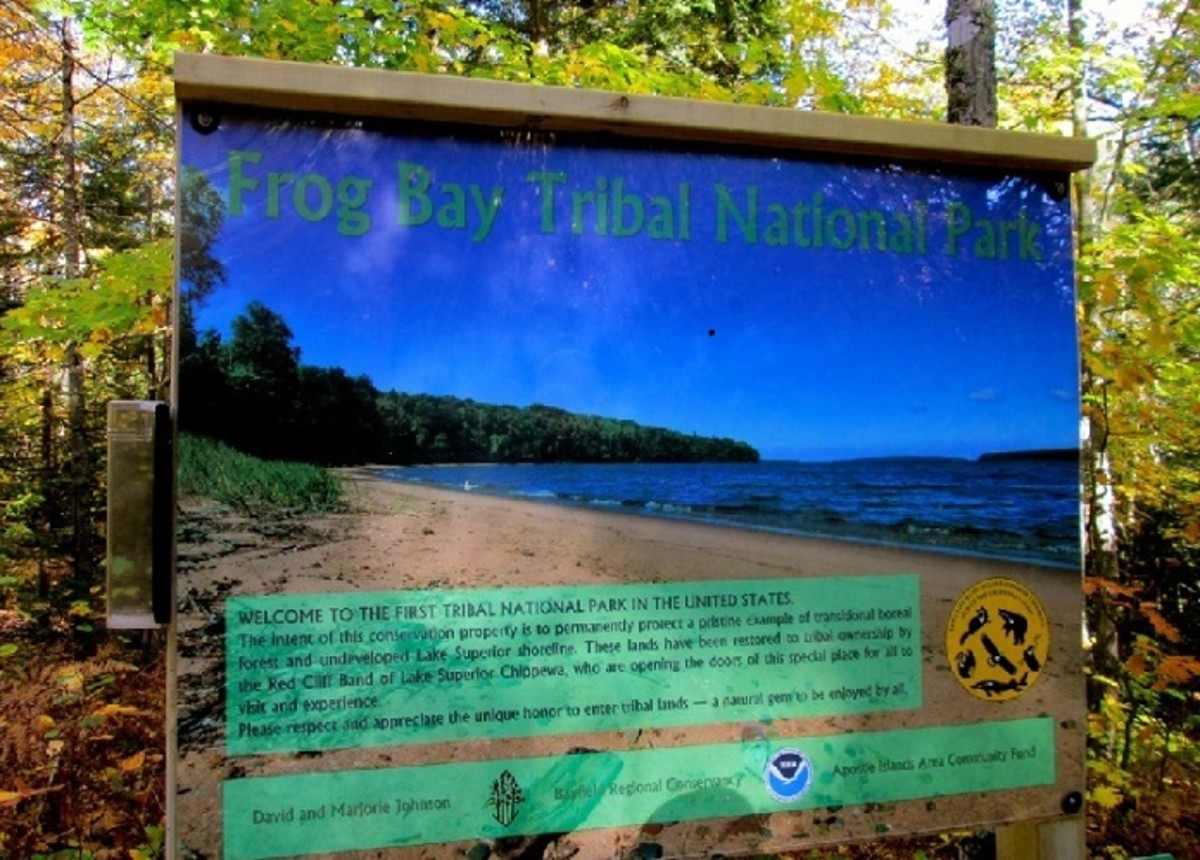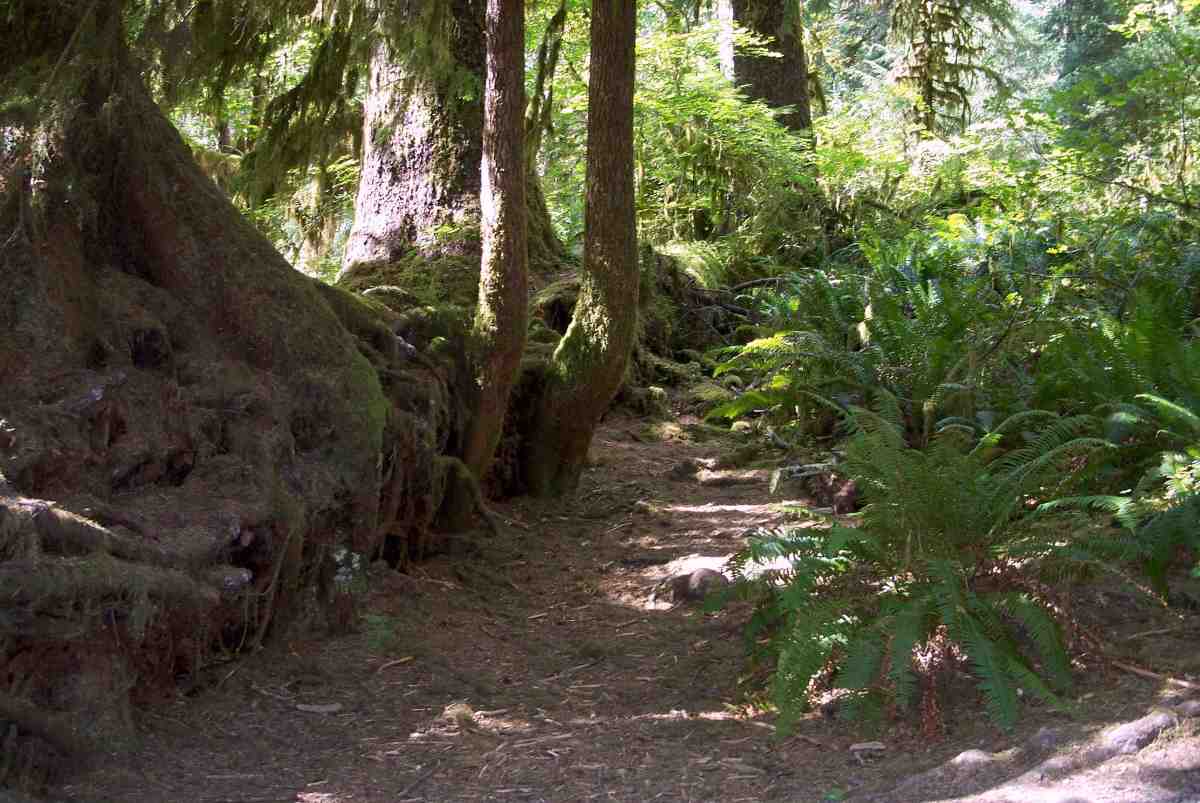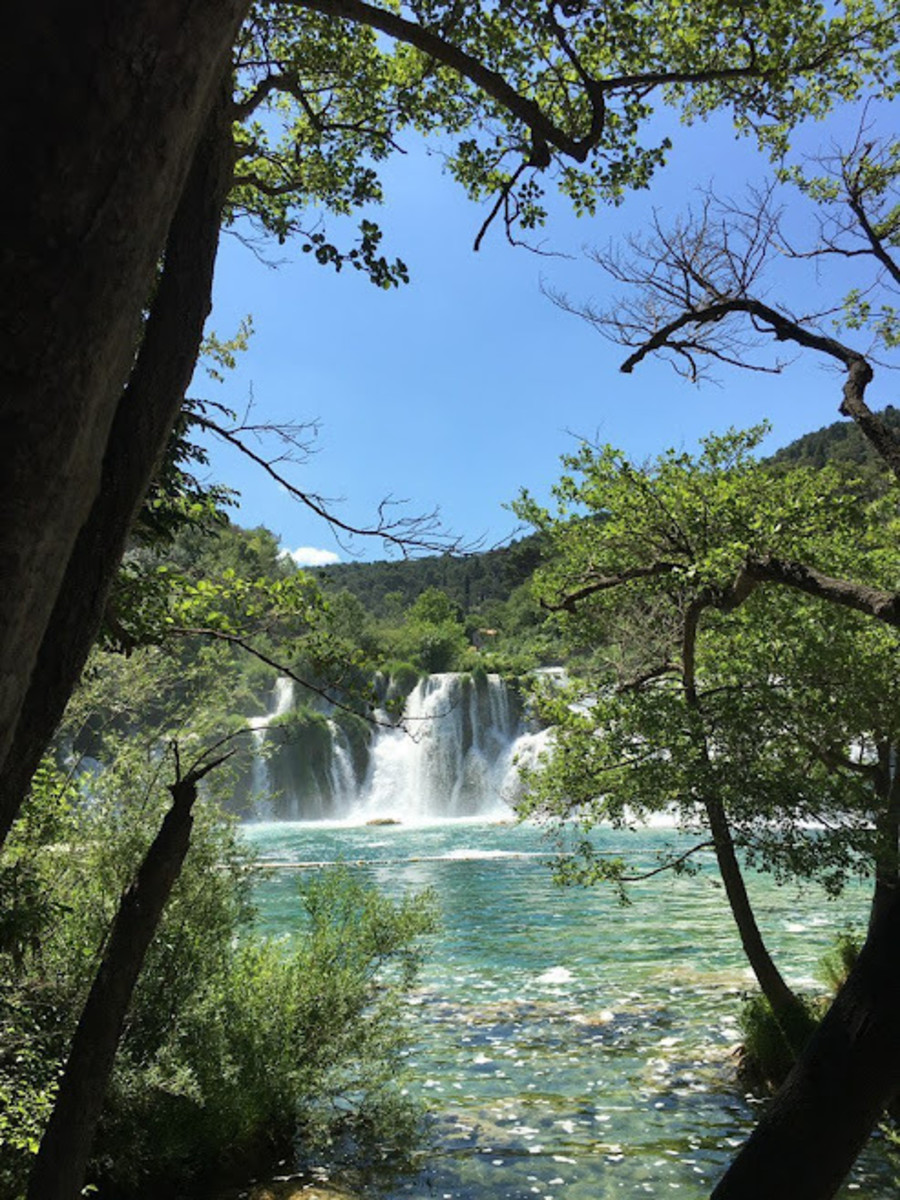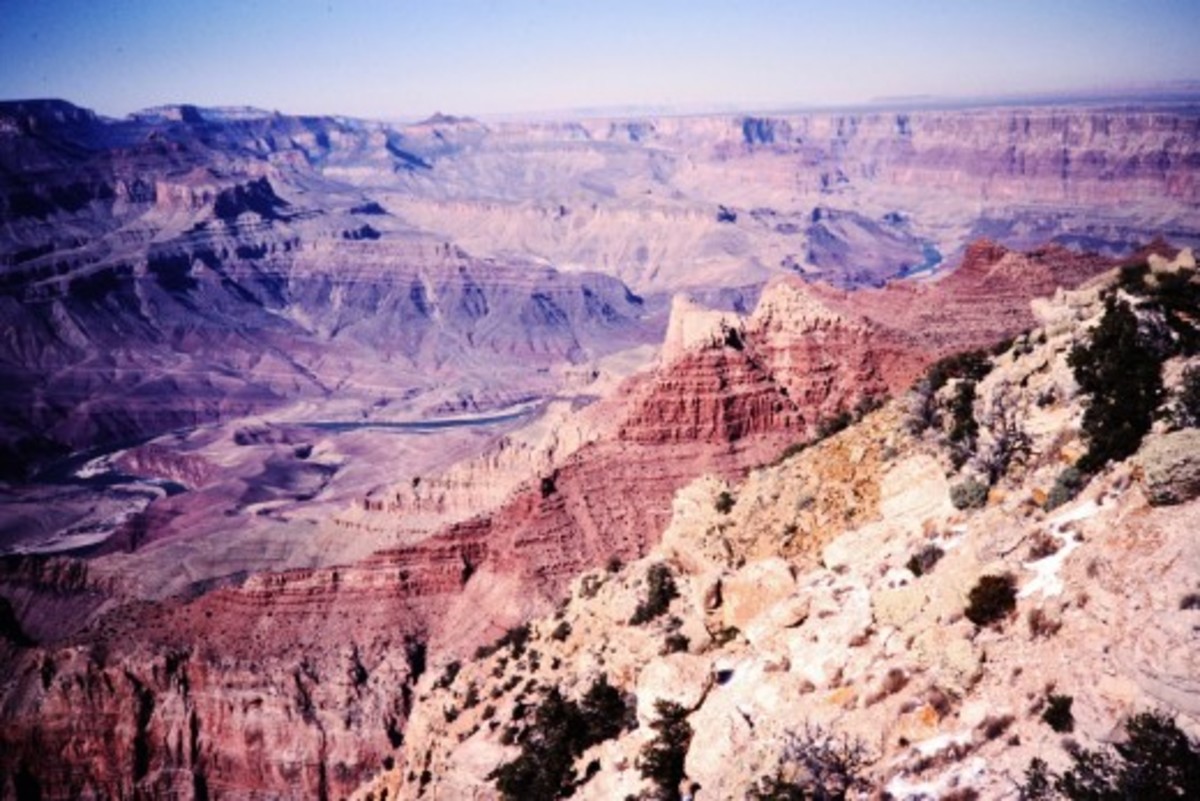Patagonia – Wildlife in the Torres del Paine National Park
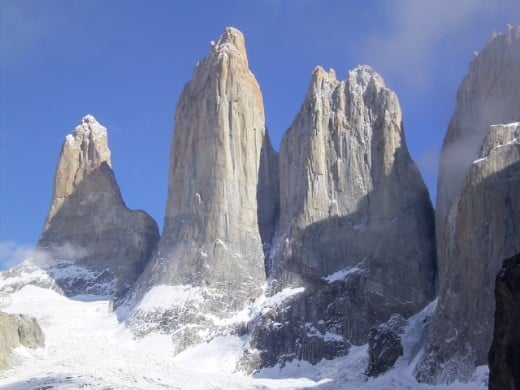
Have you ever visited Patagonia? Patagonia is a region in the southernmost tip of South America that is shared by Argentina and Chile. It is a windswept, rugged region that encompasses the southern portion of the majestic Andes Mountain range. Although it is such a remote part of our planet, it is becoming ever more popular as a vacation destination, mainly for adventure holidays and eco tourism. Patagonia has many different habitats and some unique wildlife species, and one of the best places to see it all is in the Torres del Paine National Park.
The Torres del Paine National Park is situated in Chilean Patagonia and was established in 1959 as the Grey Lake National Tourism Park, and its name was changed in 1970. It is an area of outstanding natural beauty with dramatic mountains, the centrepiece being the Paine Massif towering over the bleak Patagonian steppes, glaciers, lakes and rivers. The National Park is very popular with hikers and extreme sports enthusiasts, but many people come to try to spot the animals and birds that make the Torres del Paine their home. So what rare wildlife species could you be lucky enough to see on a trek through the Park?
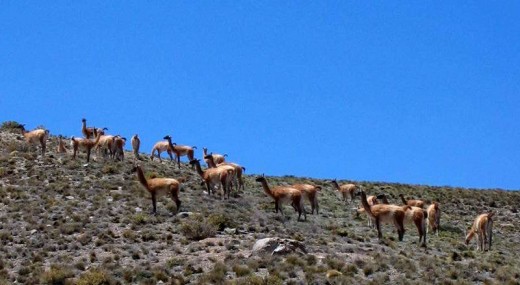
Guanaco
Guanaco are perhaps one of the easiest species to spot in Torres del Paine, as they are the largest land mammal in Patagonia, and they are close relatives of the llama. They graze in herds of about ten females with their young that are guarded closely by a dominant male. Guanaco are a species of camelid and stand around 4 feet tall at the shoulder, with long necks. They have brown pelts, which are valued highly for their soft wool, that shade to cream on their bellies.
There used to be millions of guanaco roaming the barren grasslands of South America and they were a very important animal for the indigenous Patagonian Indians who relied on them for food and their hides. But the 19th century saw the guanaco population reduced to very low levels through intensive hunting, and now there are as few as 100,000 left. They became an endangered species, but since the inception of the National Park they have thrived and there are now around 3,000 guanaco living within its boundaries.
Female guanaco mate with the dominant male in August or September, and giving birth every other year to their young who are called ‘chulengo’. The chulengo has to be on its feet and walking within minutes of giving birth, so that it can avoid predators. The young males are evicted from the family herd as yearlings and go off to form a herd with other bachelor guanaco, which can comprise as many as fifty individuals.
When the young males are old enough, they will attempt to challenge one of the dominant males for control of a herd of females. Guanaco are very fast runners and can attain speeds of up to thirty five mile an hour and, perhaps surprisingly, they are also good swimmers. Even if you could, it would not be a good idea to get too close to one of these animals, as they sometimes spit wads of semi-masticated grass and they greet each other with a peculiar gobbling noise.
Patagonian Puma
Where there are large prey animals such as the guanaco, there is going to be an apex predator, and in the Torres del Paine National Park this predator is the Patagonian puma. They are also called mountain lions, and are the southernmost of the twenty seven subspecies of puma.
They are the biggest predators in Patagonia, but are very hard to spot as they are very elusive and do most of their hunting for guanaco at night. They range over large territories that can be as big as forty square miles, and the territories of male and female pumas can overlap. They are very strong and agile and can jump as much as twenty feet in the air when they have to.
The introduction of sheep farming to Patagonia in the 19th century was not good news for the pumas, as they naturally regarded the sheep as an easy source of food, which enraged the ranchers. The ranchers retaliated by hiring lion hunters to go out and kill the pumas, and their numbers dropped rapidly until they became endangered. In 1980 the Chilean Government introduced a law that made it illegal to hunt these big cats, and in the protected boundaries of the Torres del Pain National Park their numbers have risen once more to sustainable levels.
Andean or South American Gray Fox
A smaller, canine predator that also lives in the Park is the Andean Gray Fox. They are opportunistic predators who hunt hares and small rodents, but will also eat bird’s eggs, insects and berries when prey is scarce. The hare is their favoured food, even though the hare is an introduced species in Patagonia, where they arrived on ships from Europe. They mate in the autumn months and the female creates a den where she gives birth to a litter of two to four cubs.
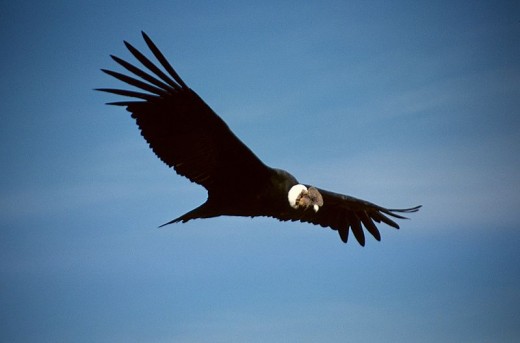
Andean Condor
On your trek through the Torres del Pain National Park, it is also worth while keeping your eyes on the skies as you might catch sight of the majestic Andean Condor. The Andean Condor is a scavenger that lives on carrion and is a member of the vulture family. They have the largest wingspan of any land bird in the world, which is about 3.2 metres.
They use these large and powerful wings to ride the updrafts and are held in the air by the strong air currents blowing off the mountains, and they have very sensitive feathers on the tips of their wings which allow the condor to sense the wind and adjust accordingly.
They can fly very high and very fast, reaching height of up to 15,000 feet and speeds of thirty five miles an hour. They are covered in black feathers, with a white collar and white splashes on their wings, and the male condors have a fleshy crest that is either red or black.
They are long living birds, who can live to be as old as fifty. They started breeding at around six years of age, and choose high up ledges of rock on the side of mountains to build their nests. They lay one or two eggs and the fledglings are able to fly at six months, but remain with their parents learning to hunt for about two years. The Andean Condor is one of the national symbols of Chile and they are deemed to be ‘nearly endangered’ by the International Union for Conservation of Nature.
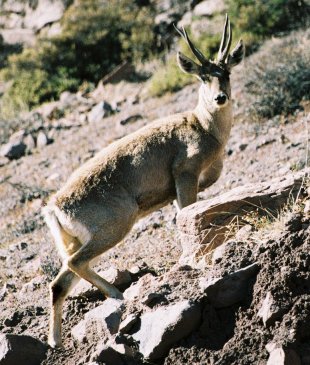
South Andean Deer or Huemul
Another national symbol of Chile since 2006 also lives in the Torres del Paine National Park and that is the South Andean Deer or huemul. They are an endangered species as there are only around two thousand huemul left in Patagonia.
These short, stocky deer live very happily in the mountainous parts of the Park, and are adept at climbing and negotiating the rocky slopes. You will be very lucky if you see any huemul on your visit, as there are so few of them and they are elusive animals.
They are prey for the growing population of pumas, and have been badly affected by loss of their natural habitat. They could also be further threatened by the plans for the construction of hydro electric dams in the Aysen region.
So your trek through the Torres del Pain National Park will be a great opportunity to see some wonderful Patagonian wildlife living in a truly stunning landscape of snow capped mountains, lakes and wide, windswept steppes.
Torres del Paine image Caupolican Wikimedia Creative Commons Attribution Share Alike 3.0 Unported
Andean Condor image Colegota Wikimedia Creative Commons Attribution Share Alike 2.5 Spain
Huemul Image Chris Fryer Wikimedia Creative Commons Attribution 2.0 Generic
